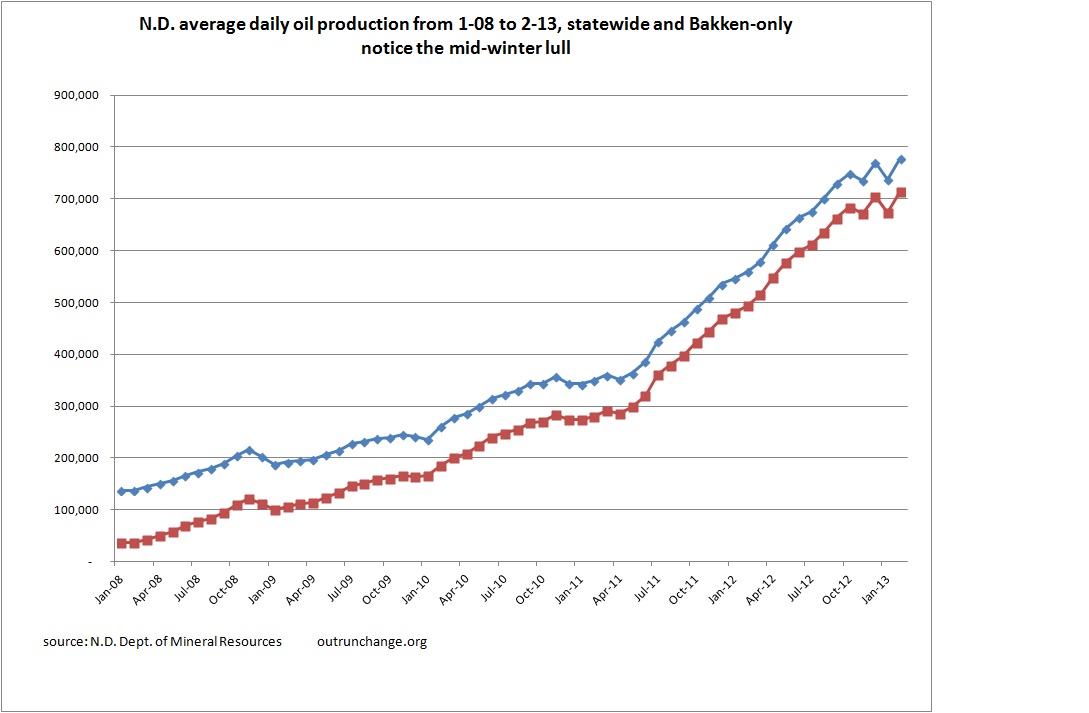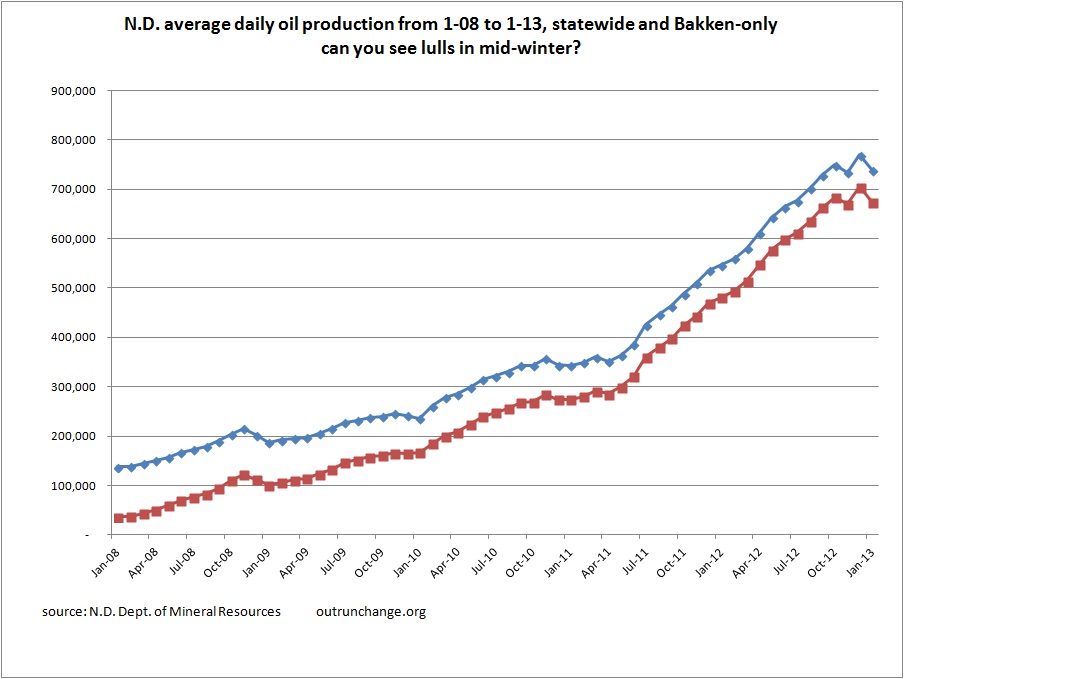Amazing.
RBN Energy has a report, If You’ve Got the Money We’ve Got the Crude – new Refineries in North Dakota, that explains
North Dakota’s only refinery produces less than half the diesel the State consumes. To help remedy that disparity the first new refinery to be built in the Lower 48 since 1977 is under construction today and two more new refineries are planned.
Very cool. There is more demand for diesel in the state than the one refinery there can produce.
Here’s my simple summary:

